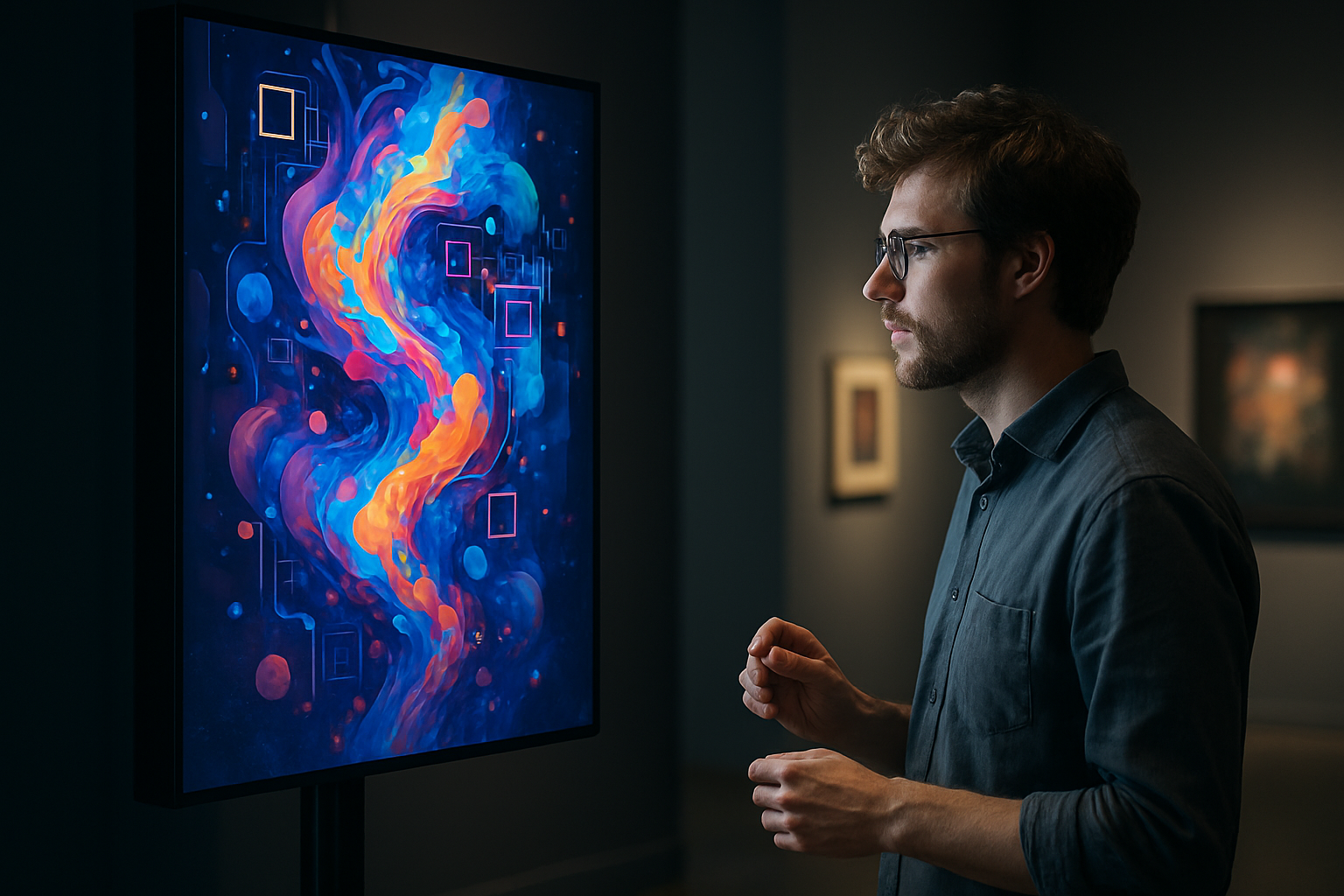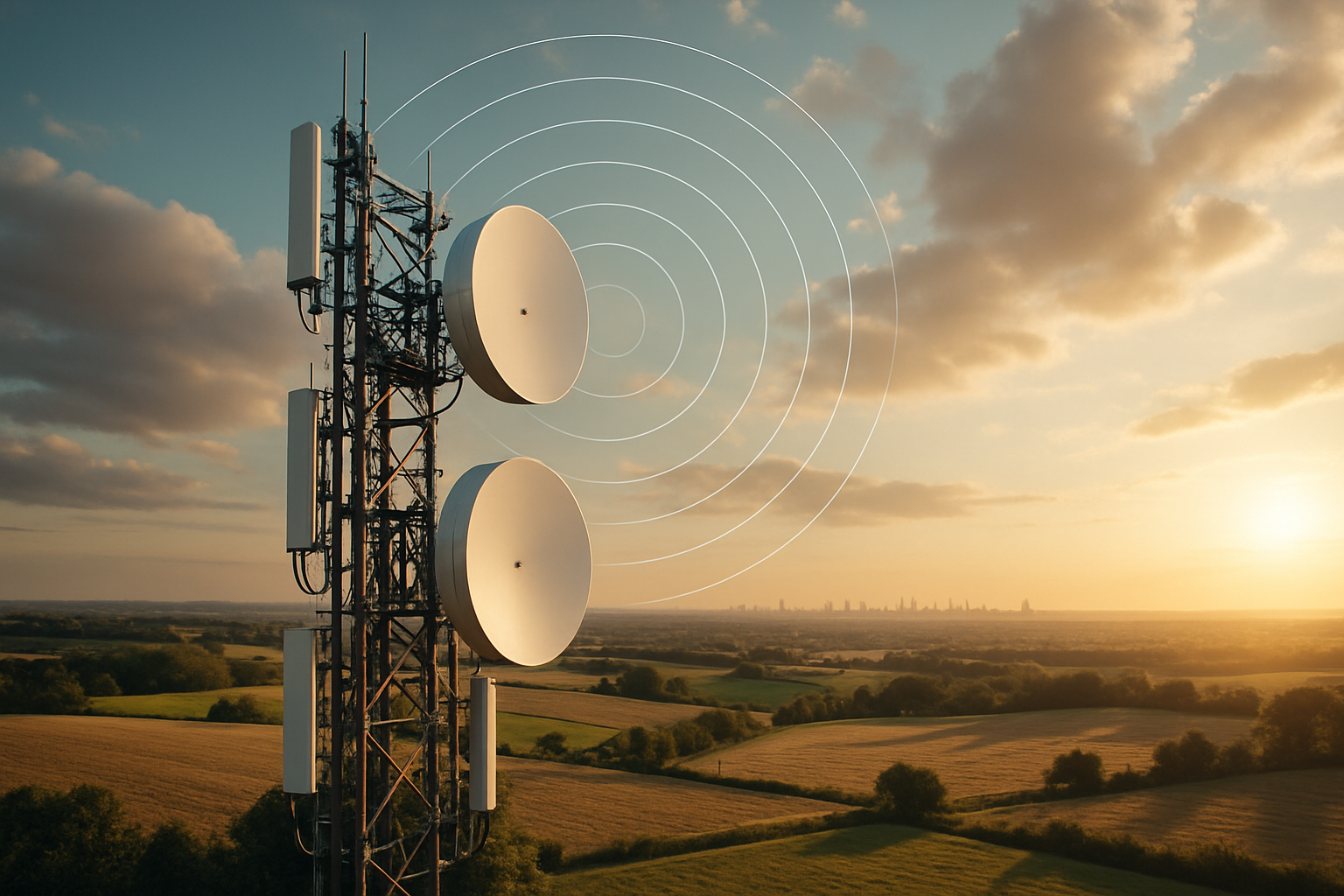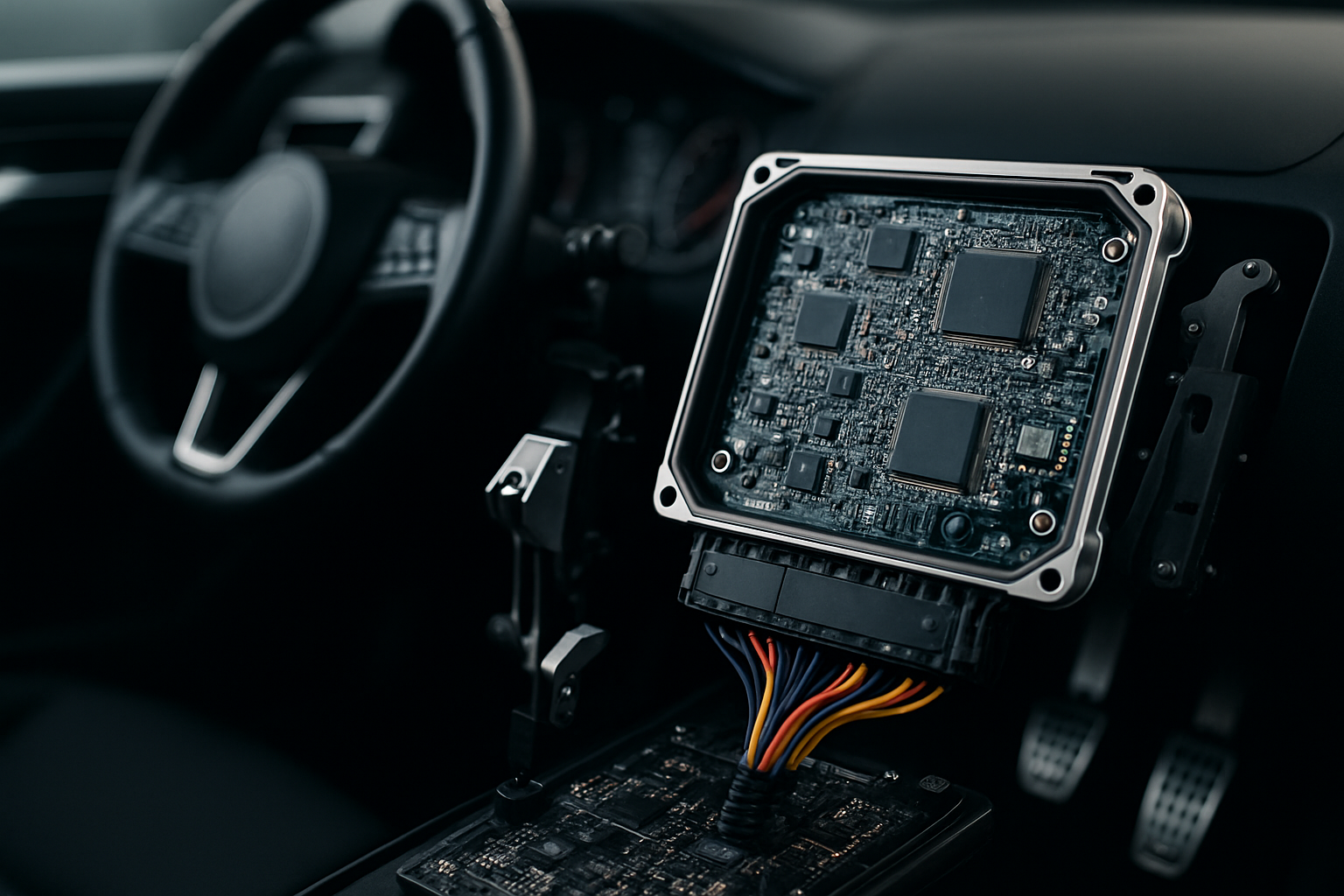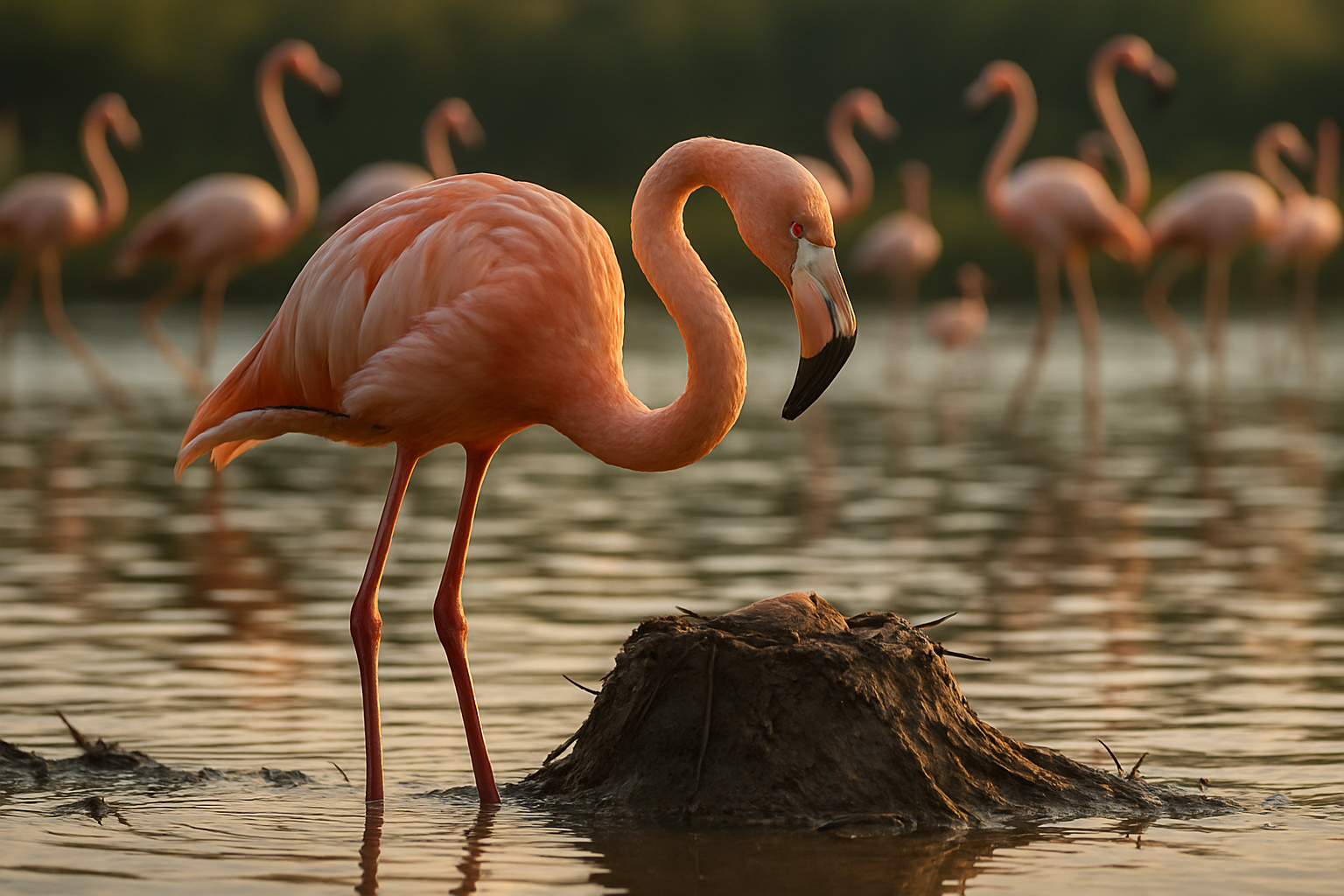Unveiling the Mystique of Digital Art: A New Frontier in the Creative Realm
Introduction: Digital art, once a fringe movement, has become a pivotal force in the contemporary art scene. This piece delves into the history, current trends, and impact of this intriguing medium, exploring how it challenges traditional artistic norms and offers fresh avenues for creative expression.

A Brief History of Digital Art
The roots of digital art can be traced back to the 1960s, during the advent of computer technology. Artists began to utilize these novel tools, experimenting with their potential for creating new forms of artistic expression. Early pioneers like Vera Molnar and Harold Cohen paved the way, their groundbreaking work blurring the line between art and technology.
Current Developments in Digital Art
In recent years, digital art has experienced a meteoric rise in popularity and recognition. This has largely been fueled by the advent of blockchain technology and the emergence of Non-Fungible Tokens (NFTs), which have revolutionized the way digital art is created, bought, and sold. Digital artists now have the ability to monetize their work in unprecedented ways, leading to record-breaking sales and attracting a new generation of artists to the medium.
Impact of Digital Art on the Artistic Landscape
The impact of digital art on the wider art world has been profound. It has democratized the art scene, allowing artists from all walks of life to showcase their work to a global audience, bypassing traditional gatekeepers. Furthermore, it has expanded the boundaries of what is considered ‘art’, inviting debate and discussion about the role of technology in artistic creation.
The Reception and Significance of Digital Art
While some traditionalists initially dismissed digital art as a passing fad, it has steadily gained acceptance and recognition. Major institutions like the Tate Modern and the Museum of Modern Art have hosted digital art exhibitions, signaling its acceptance into the mainstream. The significance of digital art lies not only in its aesthetic appeal but also in the way it reflects our increasingly digitized world.
The Future of Digital Art
The future of digital art looks promising. As technology continues to evolve, so too will the possibilities for artistic expression. Virtual reality, augmented reality, and artificial intelligence offer exciting new frontiers to explore. As we move further into the digital age, digital art will undoubtedly continue to challenge, provoke, and inspire.
In conclusion, the rise of digital art is reshaping the landscape of the art world. With its unique blend of creativity and technology, it is pushing the boundaries of artistic expression and opening up exciting new possibilities for artists and audiences alike. As we continue to navigate the digital age, it is clear that digital art is more than just a trend – it is a vital part of our cultural fabric.





